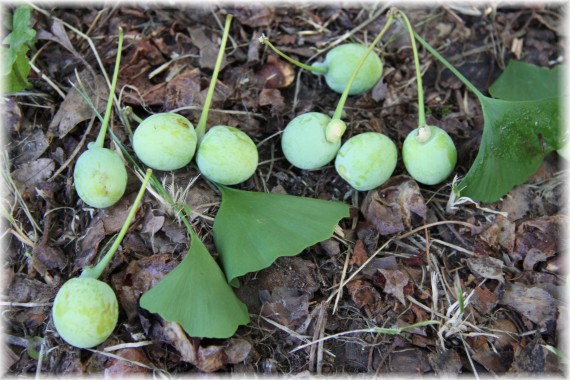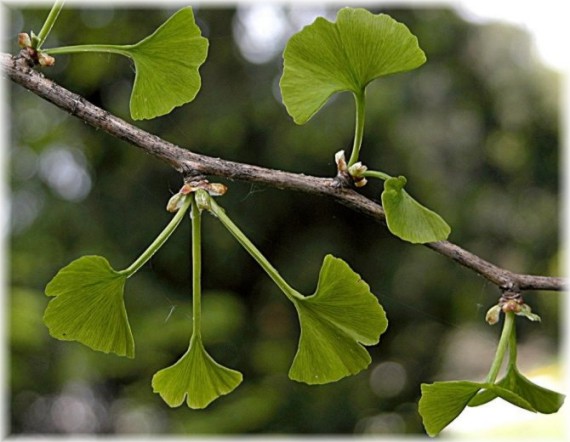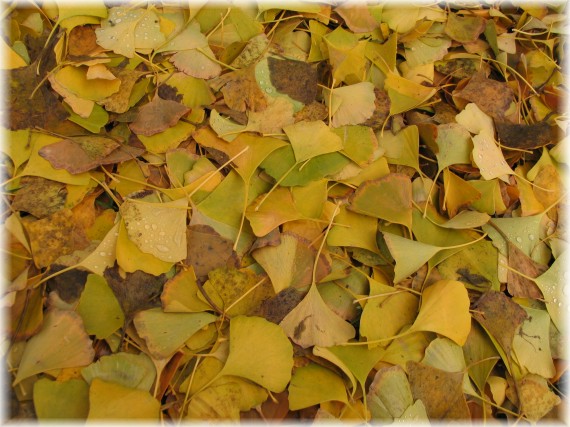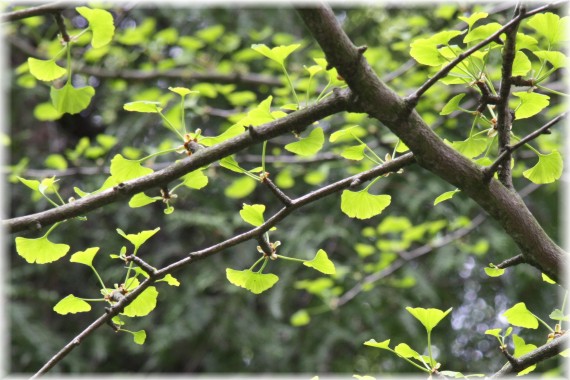Trees of the World
| English name: | MAIDENHAIR TREE |
 |
| Polish name: | MIŁORZĄB DWUKLAPOWY | |
| Latin name: | Ginkgo biloba L. | |
| Natural habitat: | Eastern China | |
| Height: | up to 40 m | |
| Characteristics: | In Poland the tree grows to the height of up to 30 meters, with a loose and irregular crown. Its shoots are divided into long and short shoots. Fan-shaped leaves with long stalks are usually indented in the middle, in autumn they turn yellow. It's a dioecious tree. Female individuals bear seeds at the end of summer, in green, later yellow, succulent shells similar to a plum. Overripe shell emits a foul odor and contains skin irritants. | |
| Additional information: | It's an endemic, relict species. Taxonomy establishes it as the oldest tree species on Earth. During the Mesozoic period (ca. 200 million years ago) it covered vast areas of Eurasia. Despite having leaves, it belongs to the gymnosperms (beside coniferous trees). Since time immemorial the tree was planted next to temples and palaces, hence it is sometimes called the Japanese Maidenhair Tree. In China, it is often called the duck paw, silver fruit or the grandfather and grandson's tree (because grandchildren are able to eat seeds from the tree planted by the grandparent). At the base of the trunk and on the lowest branches, especially when damaged, growths appear (“chi-chi”), which take roots when touching the ground. The seed “core” is a Chinese delicacy, for which the Maidenhair Tree is often planted. | |















